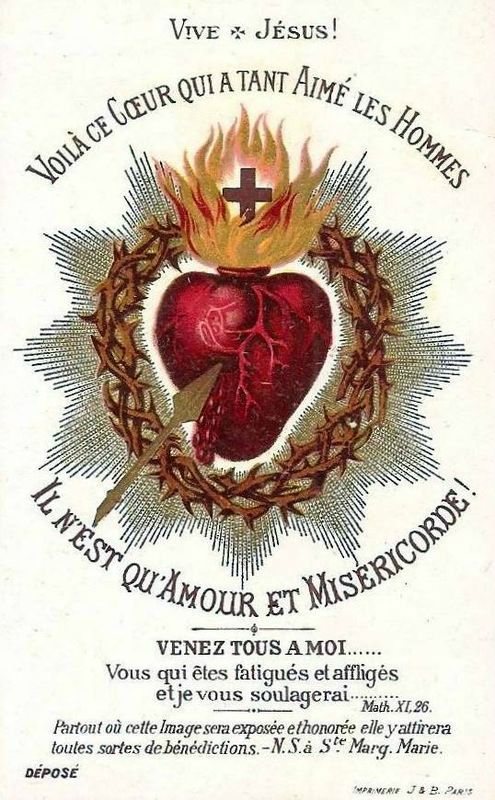
Since the time of the Incarnation, God now has a human heart …
This sentence, dear Reader, expresses not only a great truth of the Catholic and Christian faith.
But (albeit more personally and far, far less significantly) it also conveys something at the very core of this website – dedicated to the Sacred Heart of Jesus – as well as something relevant to how this website originated.
For this weblog is born out of my recognition of that simple fact of faith – that for the last two thousand years God possesses something He never had before – a human heart, a human affectivity, a human sensitivity …
Yet I spent at least thirty four long years of my life without ever being able to conceive such a thing. Much of that time was lost in a New Age wilderness, wherein I thought of Christianity primarily as a belief-system – rather than a Sacramental Connection to the human heart of God.
(And the notion ‘Christianity is just a belief-system’ rather than Sacramental Connection has everything to do with the fact that for at least thirty four years I had no idea of what a Sacrament was …)
Dear Reader, sometimes it seems to me as if the foundations of this website are neither named adequately nor explicitly enough.
Or, at least, it seems there is a need for me to blog at times to express more straightforwardly what this website is all about …
This, then, will be the theme of a series of entries at the start of this new year, wherein I try to say more of the very foundations of this project.
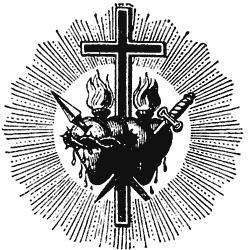
So, yes, the staggering realisation that God now has a human heart was denied me for thirty four years, before I came to realise what a Sacrament is, what Christianity is and what the Church is.
And that staggering realisation lies at the heart of what this website, this weblog, in essence are.
For my own writing grows, quite naturally, out of who I am and what I have experienced.
Who am I and what have I experienced?
I think it fitting to try to answer those questions a little – given the nature of this new series about the essence of this site.
Now, there is a much, much longer piece at this website (here) which tries to answer those unanswerable questions. Any reader who really wants to know is referred to it.
But let me say now that I am a convert to the Faith and, for the moment, let me just draw some extracts from this longer piece:
I was born fifty years ago of English parents on the Western coast of America. And I grew up in both Britain and the United States.
One might observe, then, that I am quintessentially Anglo-American.
I am peculiarly marked by two great Protestant nations of modern times. Marked, I say. For a distinct effect of this marking was to render the Catholic Mystery virtually invisible to me for decades.
Herein, dear Reader, lies a key to this website that I lived the first thirty four years of my life amidst:
The peculiarly Anglophone blackout of the Holy Church. There is a cultural blanketing in the English-speaking world, which frequently buries the Catholic Church so deeply as to make Her not only invisible, but also incomprehensible – even when and if She is at last discovered.
But let me return to my childhood, which after my earliest years in California, mainly took place in a very ‘White Anglo-Saxon Protestant’ part of Oregon.
My upbringing was not especially religious, although my father possessed a deep faith in God, a gift beyond price to his son. When I was young, he read the Bible. Later, he turned to the Koran – but not before he taught me to pray the Pater Noster. And so as a child, I prayed to Our Father nightly – though I saw scarcely anything at all that pointed to Jesus Christ.
Still, all my early years, I believed in God – yet a God seen purely as transcendent. I would not know the Incarnate God, the Word who became Flesh and dwelt amongst us, until many years later.
Nothing in my childhood gave me a clue as to the Word who became particular and personal. Nothing showed me that since nearly two millennia, God now had a human heart …
God now had a human heart. It was only by entering the Catholic Mystery, dear Reader, that I came to understand something of the Mystery of the Sacred Heart.
And, as I say so often at this website devoted to the Most Sacred Heart of Jesus (Cor Jesu Sacratissimum in Latin), it was not until I later went to live in Catholic Ireland and Catholic France that I saw this much more fully – as well as all that I had missed growing up in America and England.
This would happen above all in Paray-le-Monial, a sacred place in Eastern France, where St. Margaret Mary Alacoque beheld his Sacred Heart, beginning in 1673.
But I am getting ahead of myself. The point for now is that my entire early life was formed without knowing that God now had a human heart …
Yet as that great Pope Ven. Pius XII wrote in Haurietis Aquas in 1956:
[Christ’s] love was not entirely the spiritual love proper to God inasmuch as “God is a spirit.”
Undoubtedly the love with which God loved our forefathers and the Hebrew people was of this nature. For this reason the expressions of human, intimate, and paternal love which we find in the Psalms, the writings of the prophets, and in the Canticle of Canticles are tokens and symbols of the true but entirely spiritual love with which God continued to sustain the human race.
On the other hand, the love … of the Heart of Jesus Christ, expresses not only divine love but also human sentiments of love [Italics mine].
This is from Haurietis Aquas, the last great papal encyclical on the Sacred Heart of Jesus, in which Ven. Pius XII reflects at length on the intensely personal and human nature of Our Lord.
But my point for now is that this intensely personal and human nature of God – since the last two millennia – was lost to me as an Anglo-American growing up in a Protestant-cum-secular culture and having absolutely no inkling as to the (sacramental) nature of the Church …
This is why I turned to the New Age, as indeed do so many ‘Anglo-Americans’ like myself.
This remains something much less likely in Catholic France or even Catholic Ireland, even whilst the latter is now tragically overwhelmed by my own Anglo-American culture …
Here are things we will consider further as this little series unfolds.
Foreword for Monarchy by Roger Buck
Buying Books at Amazon Through These Links Gives Us a Commission. This Supports Our Apostolate. Thank You if You Can Help Us Like This!
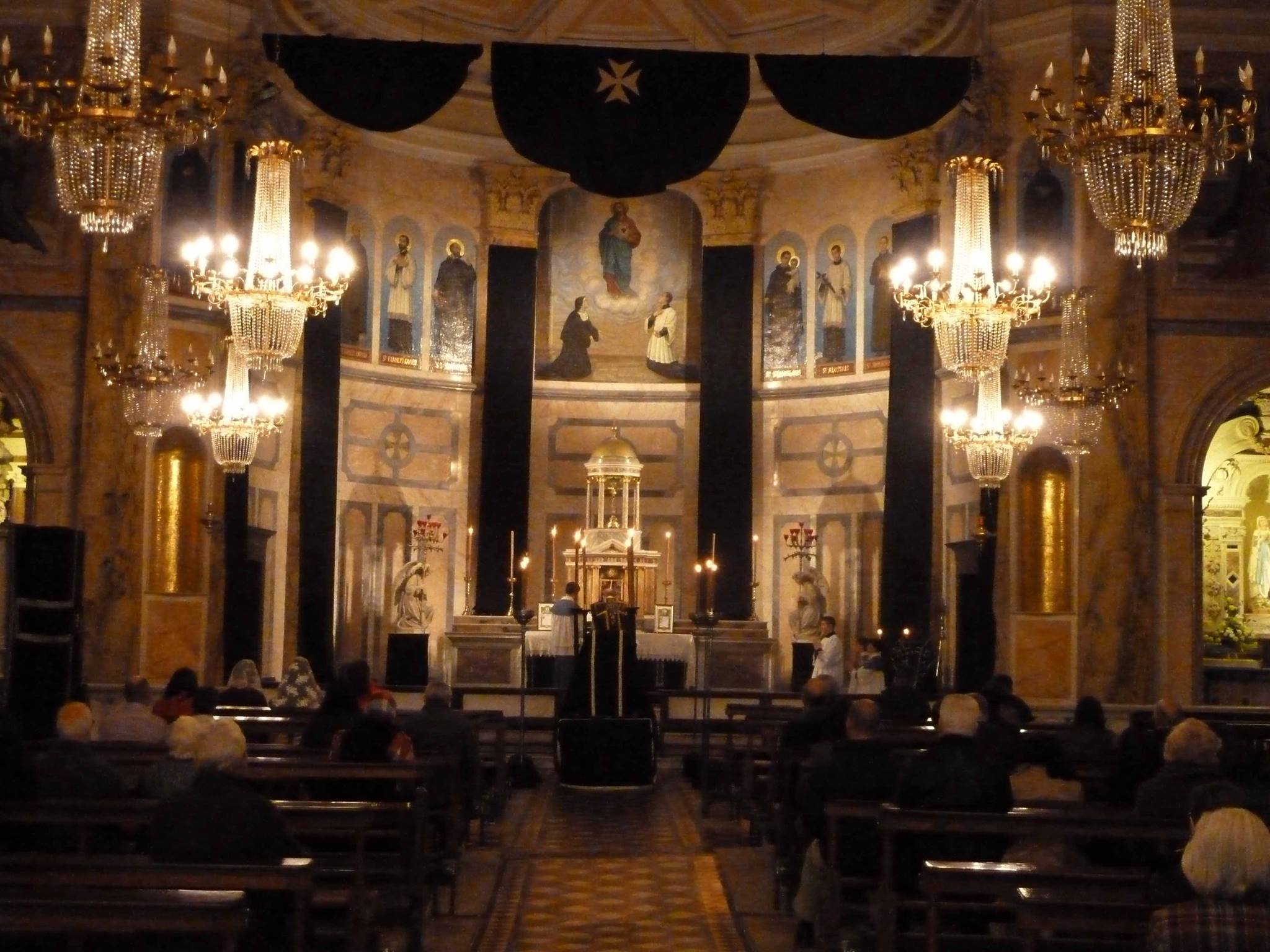
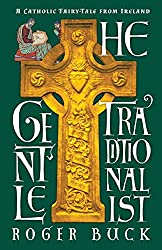
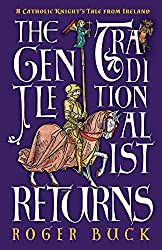

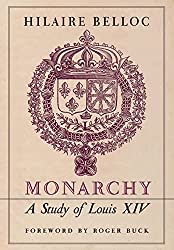
Comments
comments are currently closed
13 responses to “God Now Has a Human Heart”
Roger,
The Heart of Jesus, the intimate touch of Holy Communion, the embrace of a Mother, and the tabernacles of our hearts, are all gems of our Catholic Faith. Praise God that He has led you home to His Heart!
Terry,
Thank you so much for this beautiful comment. A little “gem” in itself. Warm smile from my heart.
[…] In my last post, I was trying to express some things relating to the central focus of this website: The Sacred Heart of Jesus. […]
Thank you for this. Great.
I became a Catholic in 2010. I remember being very moved by a lovely painting of Jesus as the Sacred Heart in the Dom in Vienna and their chapel of Eucharist adoration.
There is an issue with neo-paganism and New Age which merges with Eastern religions. I was led astray for many years by Catholic writers such as Thomas Merton, William Johnston and Aelred Graham. I thought that they were OK but found that they led me into the New Age. This is particularly true for Thomas Merton who led me towards Zen Buddhism and Sufism. There seems to be major problems with aspects of mid and late 20C Catholic monasticism.
I am gradually discovering traditional Catholicism.
Dear Adrian, thank you for adding your testimony of your conversion and more here. I do appreciate it.
I do not know Merton or Graham, but I must say I came to a similar conclusion with William Johnston. Whilst I do not know the others, I suspect there is a lack of real existential awareness – in the guts as it were – of the serious danger of “merging” that you invoke.
Thus they may not honour sufficiently the fact that there are reasons the Church has her for her “guard rails” – reasons rooted in this same lack of “real, existential in the guts” awareness.
It’s been long years since I read Johnston – but this is my memory at least. That he was sometimes sneering at the guard rails of tradition and this lack of existential awareness seems to me, at any rate, part of the reason why.
[…] It was only fitting, then, that the first of these addressed the Sacred Heart of Jesus. […]
Devoted to The Heart—Love it! (:
Jesus, meek and humble of heart, make our hearts like unto Thine.
God bless.
My warm thanks to you, Eileen!
Zen and Sufism are far from the “New Age”, they are traditions that extend as far back as Roman Catholicism and are not some New Age, Neo-Pagan fad for spiritual dilletantes. I highly suggest both of you read the works of Raimon Panikkar and Bede Griffiths, both highly esteemed within the Catholic Church before you go around arrogantly dismissing other paths to Holiness.
Clay I don’t know if anyone here was trying to reduce Zen or Sufism to New Age-isms. I certainly didn’t mean to and agree with you in what you say regarding dilettantism. Although inasmuch as Catholicism is founded on the Rock of St. Peter (the term Catholic Church can be found very, very early, almost within St. Peter’s lifetime) I would say it pre-dates Sufism.
Although that is hardly relevant to your main concern, which is that people are being dismissive.
I am sorry if that is true. My main wish was to address the issue of merging rather than to be dismissive. And given that I am now upset by Johnston’s “sneering” as I put it, I do not want to upset others by sneering myself.
I won’t get into arguments here. All I will say is that I do imagine I can understand – at least a little – where you are coming from, as you express things that are very familiar to me and which I was, I think, once deeply attached to myself.
Years ago I used to call myself – only slightly tongue in cheek – as a “New Age Anthroposophical Catholic”. For I was very much interested then in merging and impressed by people like William Johnston and Bede Griffiths who I have also read. Pannikar I admit I do not know.
But a change happened, in the ‘in the guts’ way I allude to, and I came to understand more deeply than I did before the dangers of syncretism. Having gone through that change – which was not easy for me! – I doubt I am likely to spend a lot more time with the authors mentioned here.
Thank you for your respectful and thoughtful response. I am a lapsed Catholic who has recently returned to the Catholic Church and am fortunate enough to have a local Cathedral that perform the Latin Rite every sunday. Valentin Tomberg has also been very influential in my return to the religion of my youth, but I am not arrogant enough to assert that Roman Catholicism holds the entire truth of God. God is definitely not a Roman Catholic, but I believe Roman Catholicism to be a unique revelation in focus upon the heart and its message of love. I will also paraphrase Tomberg in his evaluation of the two great traditions of the East and the West, in that the East seeks to unite with God through pure being, but those of the West seek to unite with God through pure love. Tomberg does not view one approach as being inherently superior to the other and specifically points out that these are not “Points of View” but rather “Attitudes of the Soul.” I, like Tomberg prefer to have the gift of tears as developed through a more love focused approach, but the “Being” approach to God where the Vedanta master will forever have dry eyes is an entirely valid pursuit but just does not resonate as powerfully with my soul. However, my experience with Eastern traditions have deepened my appreciation for the Western Tradition and have only served to make me a better Catholic.
Finally, without Tomberg I would have had no idea that there was even an esoteric dimension to Catholicism because I can assure you, after 9 years of Catholic education, all I was taught was exoteric dogma, I was clueless to the underlying beauty and message of this religion. I was simply taught that I was sinful to the core of my existence, consigned to an eternity in hell, unless I fully submitted myself to the dogma and the sacraments of the Church. This type of education does nothing but drive thoughtful, intellectual, and compassionate souls away from the Church.
Clay, I am sorry this has been taking me so very long to reply. But I have been thinking of all your comments and you will be getting quite a long response later today, I hope.
However, I shall be taking the odd, but I hope not objectionable move, of responding to your thoughts at a different blog on this site – for in thinking about the totality of your comments, perhaps that blog will offer more in response to the profound puzzle I think Tomberg is presenting you …
For again, I did feel a lot like you, I think, in the past. I struggled and struggled with the sides of Tomberg I think you are struggling with. And the blog I will be relocating this discussion to gives, I think, indications, at least, of some of the most important things I found in addressing this profound puzzle.
More soon. Bear with me, unknown friend …
UPDATE: Response to you can now be found here:
https://corjesusacratissimum.org/2011/03/9valentin-tomberg-catholic-tradition-and-the-counter-revolution-part-viii/comment-page-1/#comment-443096
[…] On the Mystery of the Sacred Heart … corjesusacratissi… […]